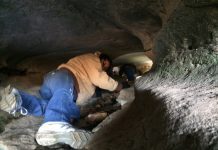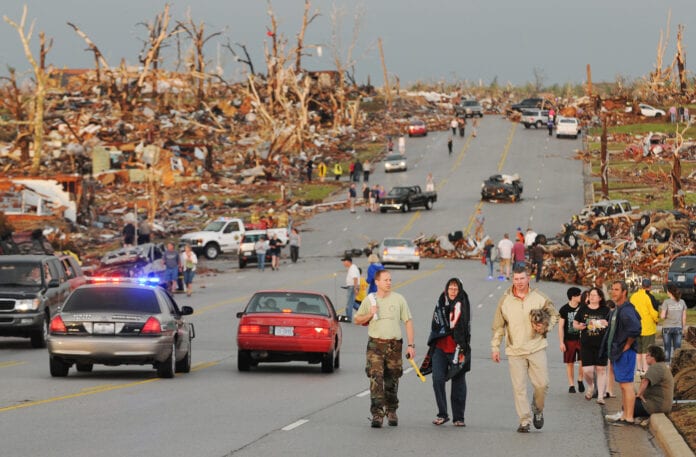What they’re doing differently after living through the deadliest tornado in US history
Minutes after the tornado touched down in Joplin, Missouri, on Sunday, May 22, 2011, Mike Gullet, a freelance photographer for The Associated Press and USA Today, hopped in his car and drove as fast as possible to Joplin, even though he had been at home sheltering from the same tornado.
As a longtime area resident, Mike knew many people in Joplin but his trip this time was strictly to document history. “I just went because I knew this was major. Without photos, people can’t really understand what happened … My job was to capture this and let the world know what was happening in Joplin, Missouri.”
Mike has photographed the aftermath of countless tornadoes throughout his career as a photojournalist. He relates: “I had never seen anything like that. Where I came in on the west side, there was just devastation everywhere. No trees, no houses, everything just in shambles. The only thing that was vertical was the people.”
The EF5 tornado tore a 6-mile-long swath through the city, resulting in 161 fatalities and $2.8 billion in damage. It is the costliest tornado in U.S. history — and the deadliest since 1947.
Each year, the U.S. records more tornadoes than any other part of the world, averaging more than 1,000 annually. The central and southern states in particular experience a disproportionately high frequency of tornadoes. Many experts expect that such natural disasters will not only continue to occur but become more frequent and intense as the world’s climate changes.
“Having a personal preparedness plan increases your chances of staying safe,” according to one of Columbia University’s National Center for Disaster Preparedness training programs. Having supplies ready to go, it says, is one step that provides “resilience to all types of emergencies.”
The Federal Emergency Management Agency (FEMA) recommends collecting basic items all household members need to survive for several days, such as food, water, and personal care supplies, along with important documents, into an easy-to-carry kit, often called a go bag.
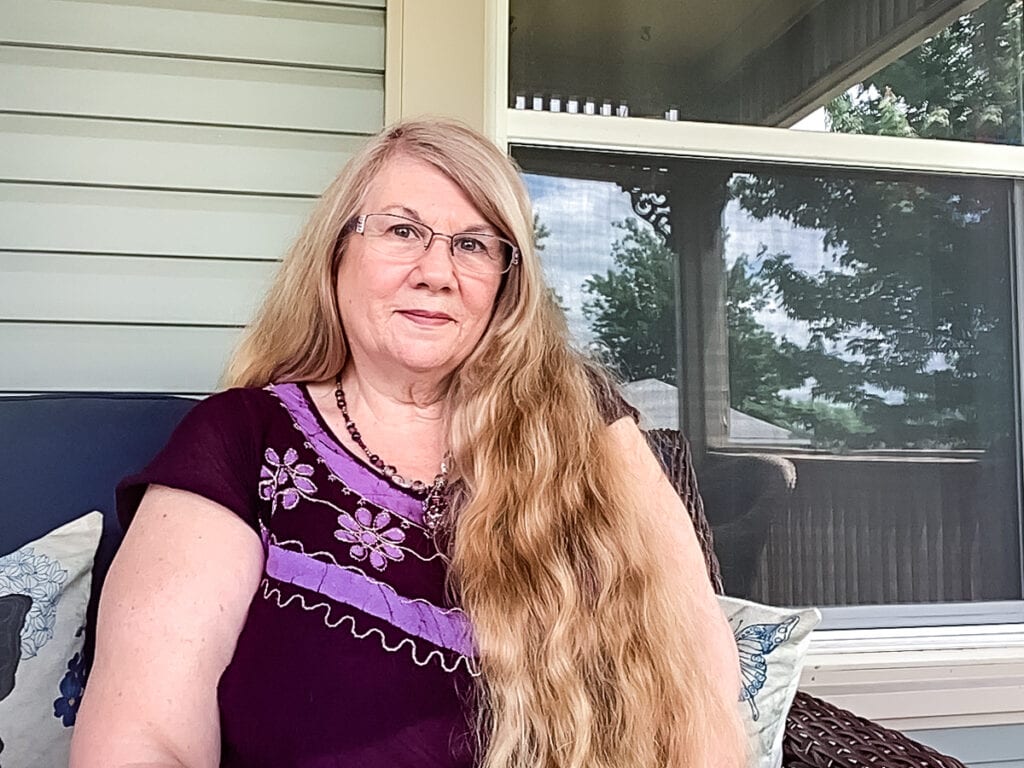
“Have a go bag and keep it up to date,” advises Tina Anthony, a Joplin resident and member of the West Joplin Congregation of Jehovah’s Witnesses. Tina barely made it into the basement before the tornado passed over her house — the eye just a block away. She remembers clinging to the shaking pillars of her home’s foundation as the tornado ravaged her neighborhood.
Tina’s home was severely damaged; her front porch completely blew away, windows were shattered, and her roof and siding needed to be replaced. Inside, there were shards of glass everywhere, even under her bed and in her computer tower. Leaves and debris were plastered to the walls.
While Tina had to rebuild her home, she also had to endure living without electricity for several months, which not only made day-to-day living difficult but also cut off her landline — her only form of communication.
Now, Tina sees the wisdom in being prepared. She recommends having a go bag for each family member. “I keep my go bag in the dining room so it’s easily accessible. It’s always open so I can keep it up to date and add something in an emergency.” She also keeps camping equipment in the basement and ensures she always has a water supply, both in bottles and 3-gallon jugs.
Tina remembers the common attitude that put some of her neighbors in a dangerous position 10 years ago. “There’s this thinking that ‘Oh, it’s not going to hit us,’ so nobody prepares themselves,” she said. “We all think that nothing’s going to happen to us until it does. Joplin takes things much more seriously now, because of what happened.”
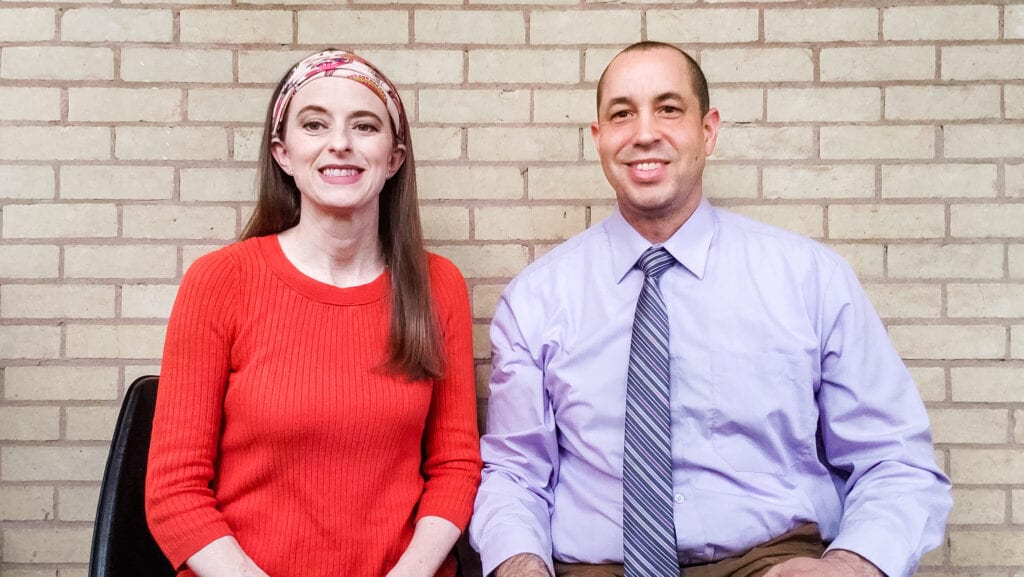
Levi and LaTisha Goss found themselves trapped at the local Walmart during the 2011 tornado. They followed store associates who hurriedly directed patrons to the layaway section. “We figured they know where to take us, so let’s just be obedient, follow their direction, and try to stay as safe as possible,” said Levi.
They huddled together and prayed as the tornado ripped the roof completely off, then slammed it back down. Fortunately, they were able to walk away from the storm without injury. LaTisha advises: “Follow the protocol because it can save your life.”
The Goss family ensures they’re always prepared for any disaster, and credits the preparedness help they’ve received as Jehovah’s Witnesses through congregation reminders and tips on the organization’s official website, jw.org.
“There are some practical steps on how to safeguard yourself if a disaster were to strike,” said Levi. His family has used articles on jw.org to help prepare for future disasters. “Search jw.org – type in ‘natural disaster.’ You’ll get a lot of good information that can help you prepare for whatever you may experience.”
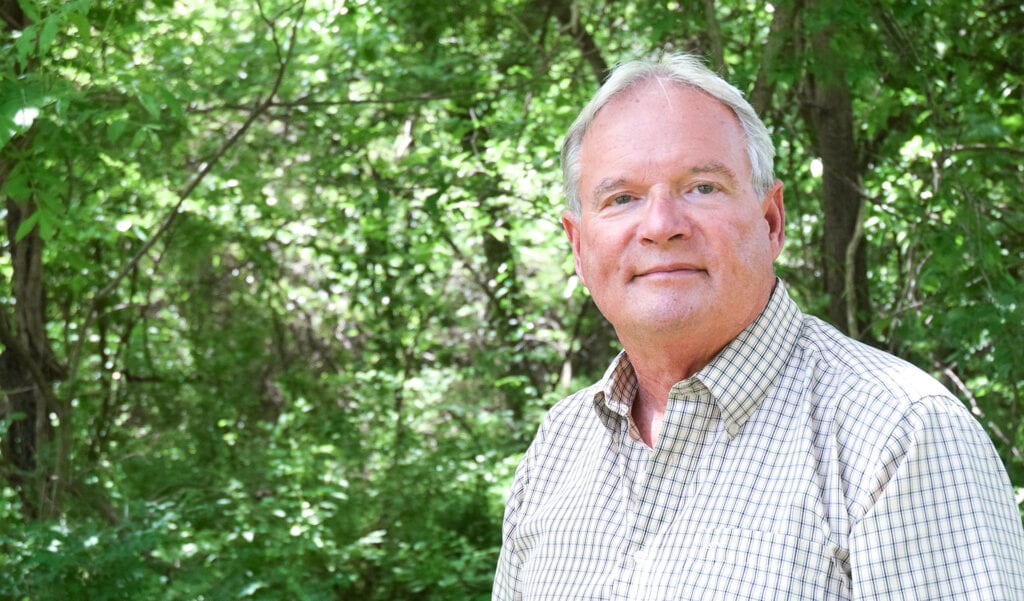
In the wake of the 10-year anniversary of the tornado, Mike does not plan to revisit the photos he took of the aftermath. “I don’t have to look at the pictures … I still see those images.” The devastation burned in his memory, his advice is “be ready.”
“Have the necessities of life ready to take with you. Have a plan ahead of time of where you’re going. Or, if you have to, where you are going to meet so that everybody’s accounted for. Stay attuned to what’s going on, whether it be weather or any other situation.” As one of Jehovah’s Witnesses, he deeply values human life, which motivates him to be prepared.
He adds: “Sanctity of life is so important. We can’t help anyone else if we haven’t helped ourselves to be prepared and survive.” Tina concurs: “We have to take those warnings seriously. It’s better to prepare than lose loved ones. Take the necessary safety precautions that you need to, and don’t take anything for granted.”
Disaster-preparedness tips and suggestions for putting together a go bag are available from FEMA at ready.gov and from Jehovah’s Witnesses at https://www.jw.org/en/library/magazines/awake-no5-2017-october/disaster-steps-that-can-save-lives/.









